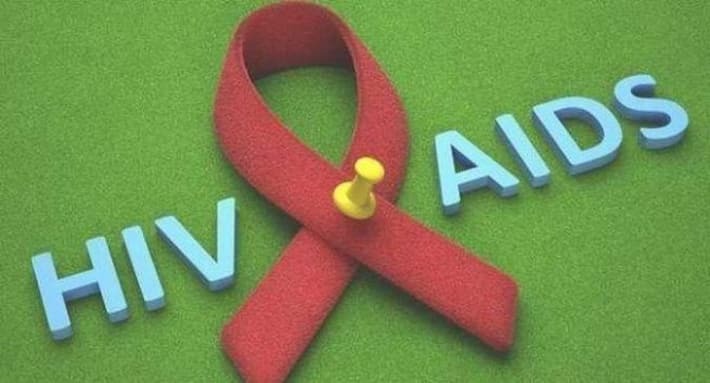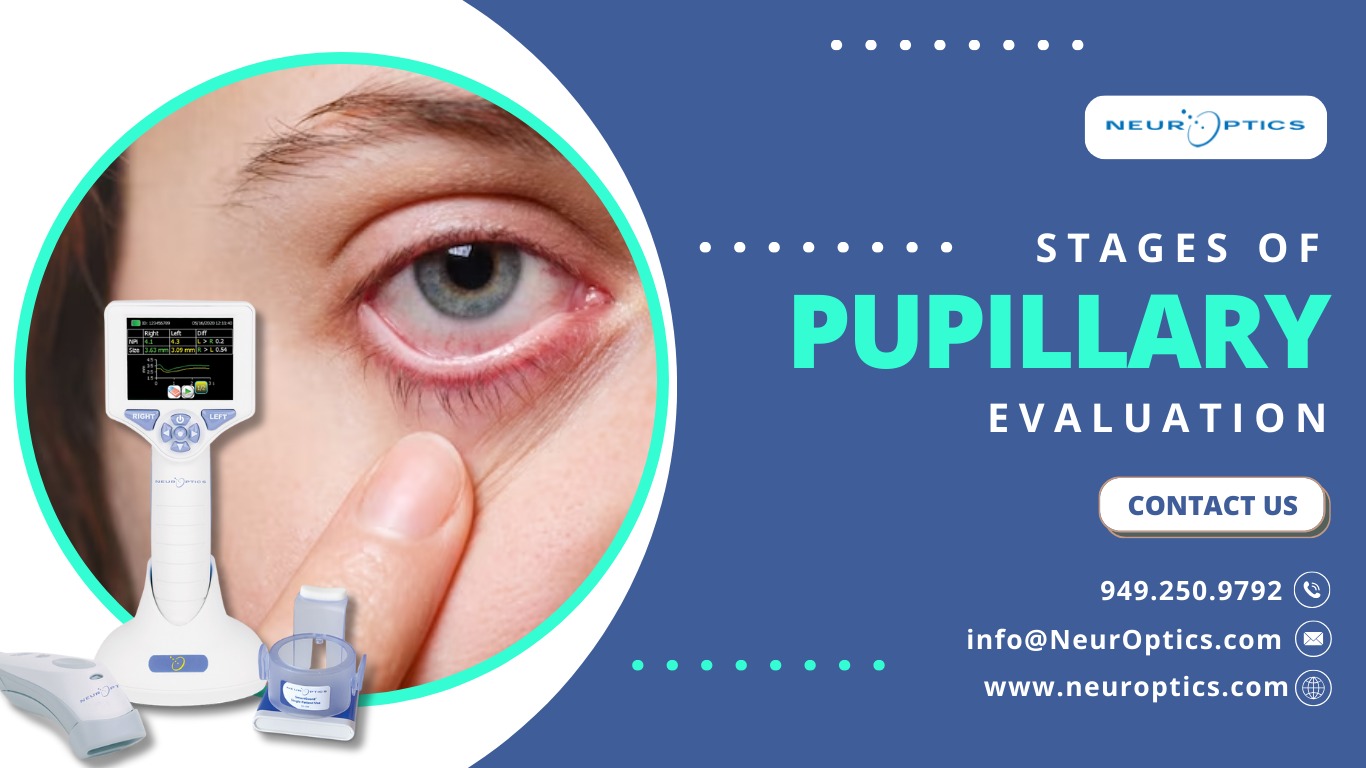we’ll explore the various aspects surrounding AIDS transmission, risks, and prevention. Buckle up for an informative journey that combines expert insights, personal experiences, and credible sources. Atazanavir Sulphate and Ritonavir Tablets is lowering the quantity of HIV in the body.
1. Understanding AIDS Transmission
1.1 Modes of Transmission
Explore the diverse ways in which the virus spreads, from unprotected sexual intercourse to sharing needles. Uncover the lesser-known routes contributing to the transmission.
1.2 The Role of Mother-to-Child Transmission
Delve into the complexities of how HIV can be passed from an infected mother to her child during childbirth or breastfeeding.
2. The Importance of Safe Practices
2.1 Advocating for Safe Sex
Highlight the significance of practicing safe sex, emphasizing the use of condoms as a crucial preventive measure against HIV.
2.2 Needle Exchange Programs
Examine the positive impact of needle exchange programs in reducing the transmission risk among intravenous drug users.
3. Common Myths Surrounding AIDS Transmission
3.1 Dispelling Misconceptions
Bust the myths that fuel stigma and misinformation about AIDS transmission, promoting a more informed and compassionate perspective.
4. Risk Factors for AIDS
4.1 Vulnerable Populations
Identify groups at higher risk, shedding light on factors such as socioeconomic status, access to healthcare, and education.
4.2 Global Perspectives on AIDS Risk
Take a global stance on AIDS risk, exploring how different regions face unique challenges and opportunities in combating the spread of the virus.
5. How most people get AIDS? – A Personal Account
5.1 Living with HIV
Gain insights from individuals living with HIV, sharing their personal experiences, challenges, and triumphs in navigating life with the virus.
6. Preventive Measures for AIDS
6.1 The Power of Education
Explore the impact of comprehensive sex education in schools as a key preventive measure against AIDS.
6.2 Testing and Early Detection
Emphasize the importance of regular testing and early detection in preventing the further spread of HIV.
FAQs about How most people get AIDS?
Q: Can I get AIDS from kissing? A: No, HIV is not transmitted through saliva, so kissing is a safe practice.
Q: Is there a cure for AIDS? A: Currently, there is no cure for AIDS, but antiretroviral therapy can manage the virus effectively.
Q: Can I get HIV from sharing utensils? A: No, HIV is not spread through casual contact, including sharing utensils.
Q: What is the role of condoms in preventing AIDS? A: Condoms act as a barrier, preventing the transmission of HIV during sexual intercourse.
Q: Are all pregnant women with HIV at risk of transmitting the virus to their babies? A: With proper medical care and precautions, the risk of mother-to-child transmission can be significantly reduced.
Q: How can I support someone living with HIV? A: Offer empathy, understanding, and encourage them to access medical care and support networks.
Conclusion:
As we conclude this exploration of How most people get AIDS?, remember that knowledge is a powerful tool in preventing the spread of HIV. By dispelling myths, promoting safe practices, and fostering understanding, we can collectively work towards a world free from the stigma of AIDS.





